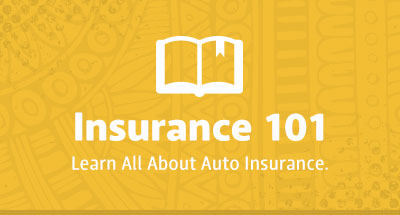What to Look for When Buying a Used Car

Buying a used car can be a great option when you’re looking for a quality vehicle without the high price tag. While purchasing a used car can be a sensible option, buyers still need to know how to make smart choices. There’s a lot to look for when buying a vehicle; here are some tips on choosing the right car for you.
Best Time to Buy a Used Car
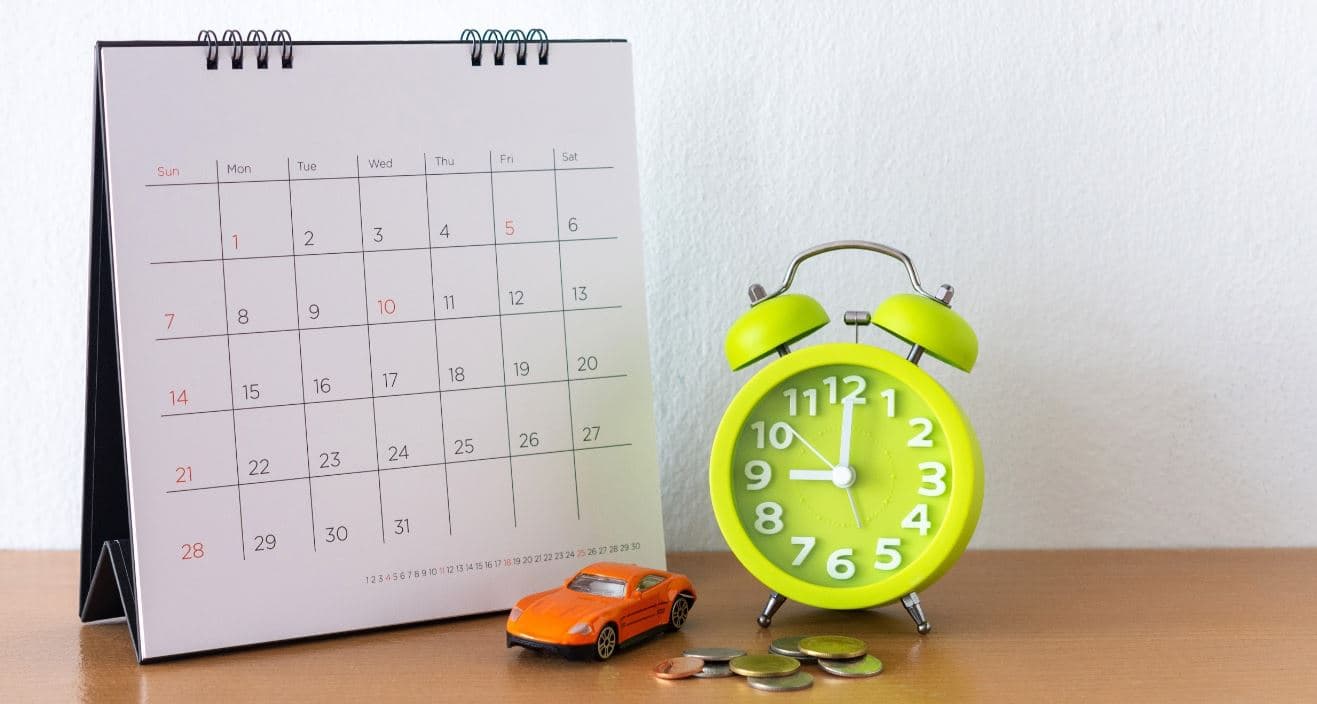
Seasonal trends can affect the cost of a used car from a dealer. If you time your purchase right you can get a great bargain.
- Buy four-wheel-drive vehicles in the summer
- Demand peaks in the late autumn and winter because of the harsh weather conditions.
- Avoid buying used convertibles in the spring or summer.
- Wait until winter when the demand for convertibles is much lower.
- Dealers tend to clear out used cars in July and early August as they prepare for new inventory.
- December and January are quiet months for the used car industry. Buying a used car may not be on people’s minds around Christmas, so dealers and private sellers are eager to make a deal.
- March and September are peak months for sales of new cars; often through part-exchange deals.
- Dealers will have many used cars to sell, which puts you in a strong position when it comes to negotiation of price.
What to Look for When Buying a Used Car
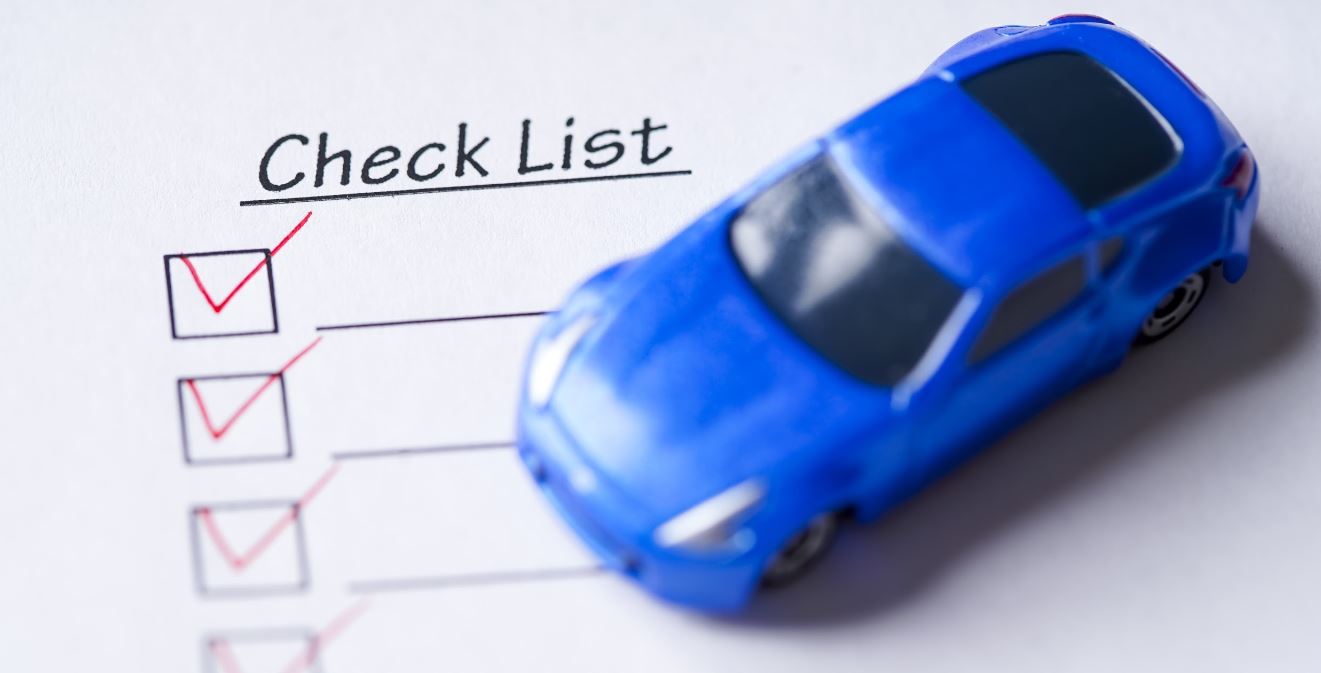
Vehicle History
Make sure to get as much information as possible from the current owner in order to do your own research. By running the Vehicle Identification Number (VIN) through a paid service like CARFAX you can find if the car has been involved in any accident(s), if there are any liens, which simply put is a legal document stating the bank has the right to repossess your vehicle if you do not make your payments, or if there are any open recalls, which are any issues that haven't been addressed on the car.
You can also use a VIN decoder from the National Highway Traffic Safety Administration (NHTSA), which will make sure the VIN information matches ups with what is on the vehicle title and records.
Research the type of vehicle you want and be sure to research common problems associated with the models you are considering. This information will play a key role in your inspection process.
Inspect the Car’s Exterior and Interior
Make sure to inspect both the outside and inside of the car. Look for any scratches, dents or rusts. There’s a helpful list that CARFAX provides, where they recommend to check that the car's body panels line up evenly, as uneven panels may indicate the vehicle was involved in an accident.
Check the hood and trunk to see how easily they move when opening or closing. Another great tip comes from Kelley Blue Book (KBB) where they suggest checking for paint overspray on the inside of the hood, trunk and doors to make sure the color of the car matches on all parts. Any paint mismatch can be a sign of accident repair.
Inspect the inside of the vehicle by sitting in all of the seats and look for unusual wear on the upholstery. If the interior of the car smells musty, check the carpet and floor mats for signs of a leak or water damage. Check the controls by starting the car up in order to test throughout the vehicle to make sure they operate properly.
Monitoring the tires of a car is a great indicator when it comes to figuring out the life of the vehicle. During your inspection, take note if the tires have the same brand. If you see a different brand on one or more of the tires, make sure you ask the seller about this variant. You can measure the tire tread by using a penny. The trick with the penny is to put Lincoln’s head down into the tire tread. If you can see the top of Lincoln’s head, you know the tires need to be replaced.
Mileage
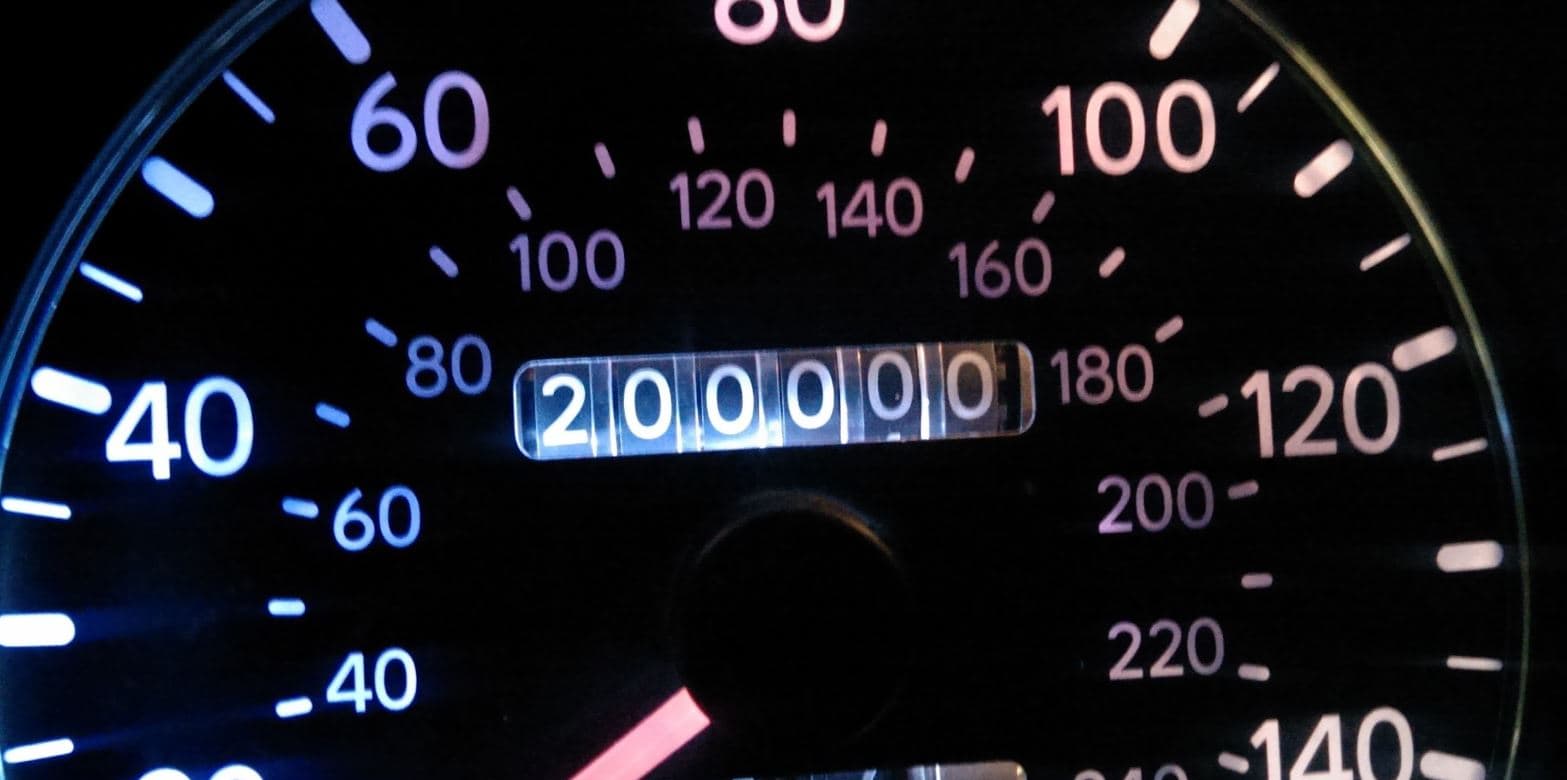
The average car will accumulate about 20,000 miles per year. To figure out if the car you’re looking at has high or low mileage, simply divide the number on the odometer by the vehicle's age. A car with high mileage will most likely have more wear and tear on its mechanical components. Nonetheless, high mileage isn’t necessarily a bad thing and low mileage doesn’t always mean the car is in great shape.
According to AutoTrader, how a used car has been maintained is more important than its mileage. It’s a good idea to use caution when considering a car with high mileage, because certain components and engine parts don’t last forever.
That’s why you should ask the previous owner if they have maintenance records. If they addressed maintenance issues promptly, the car could be a good choice. For example, a car with 100,000 highway miles may be in better shape than a high-mileage car that was used mostly on city roads, which can be harder on cars.
Leaks
If you’re inspecting a used car and see any leakage, that’s generally a red flag.Check under the car to see if there are signs of leaking fluid. Black fluid might indicate that oil is leaking, while green, yellow or pink fluid may indicate an antifreeze leak. On the other hand, reddish fluid could be a leak in the transmission or power-steering fluid. You can see more about leaks and what they mean at cars.com.
How to Choose the Best Used Car
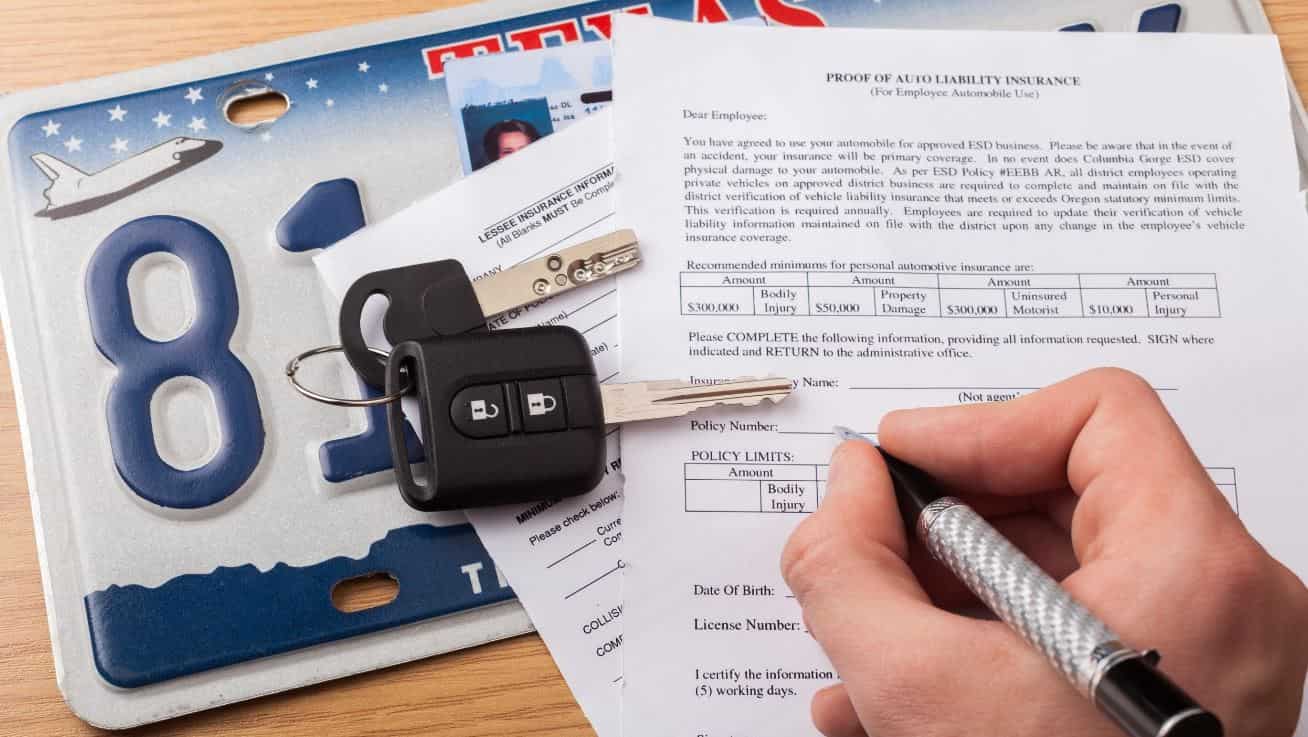
We understand that when you are buying a used car you will be faced with plenty of options. Finding the right one can be challenging, especially if you don’t have a guide to help you know what important factors to consider. Here is a list of steps to make the buying process a breeze.
1. Find out what you can afford
The first step in choosing the best used car is determining what your budget will be. At the very least, you should have a ballpark idea of the value of any car you're seriously considering before you start your search.
There are many online tools you can utilize to help assist you with this process. For example, you can use both Kelly Blue Book or Edmunds.com to find the value of a used car. Make sure that you have the year, make, model, mileage, and overall condition as this information will be critical to get the closest value of a used car.
2. Take it for a spin
The purpose of a test drive goes further than to see if you “like it.” While you’re driving, remember to do a serious evaluation of the car. Test it under high stress situations, such as a stop and go, high speed, low speed, sudden acceleration/deceleration, hard turns, and sudden stops. Make sure you get the car up to at least 55 MPH. Some things, like a bent rim, won’t be noticeable at lower speeds.
Make sure that you listen to the engine. A smooth hum is a good sound; sputtering can indicate serious problems. Remember to pay close attention to how the car shifts; does the car shift smoothly, or is there hesitation? If so, this could indicate a problem with the transmission. Watch the exhaust. Seeing visible smoke could also be a red flag. Blue or white smoke can be a sign of a bigger problem that may cost you money down the road.
3. Make sure it can pass required emission or smog tests
Be aware of your state's requirements for smog or emission restrictions where you live. When you choose a used car, the vehicle must pass these tests as repairing any issues can be costly. The penalty fee for not being compliant can impact your wallet.
4. Negotiate the price
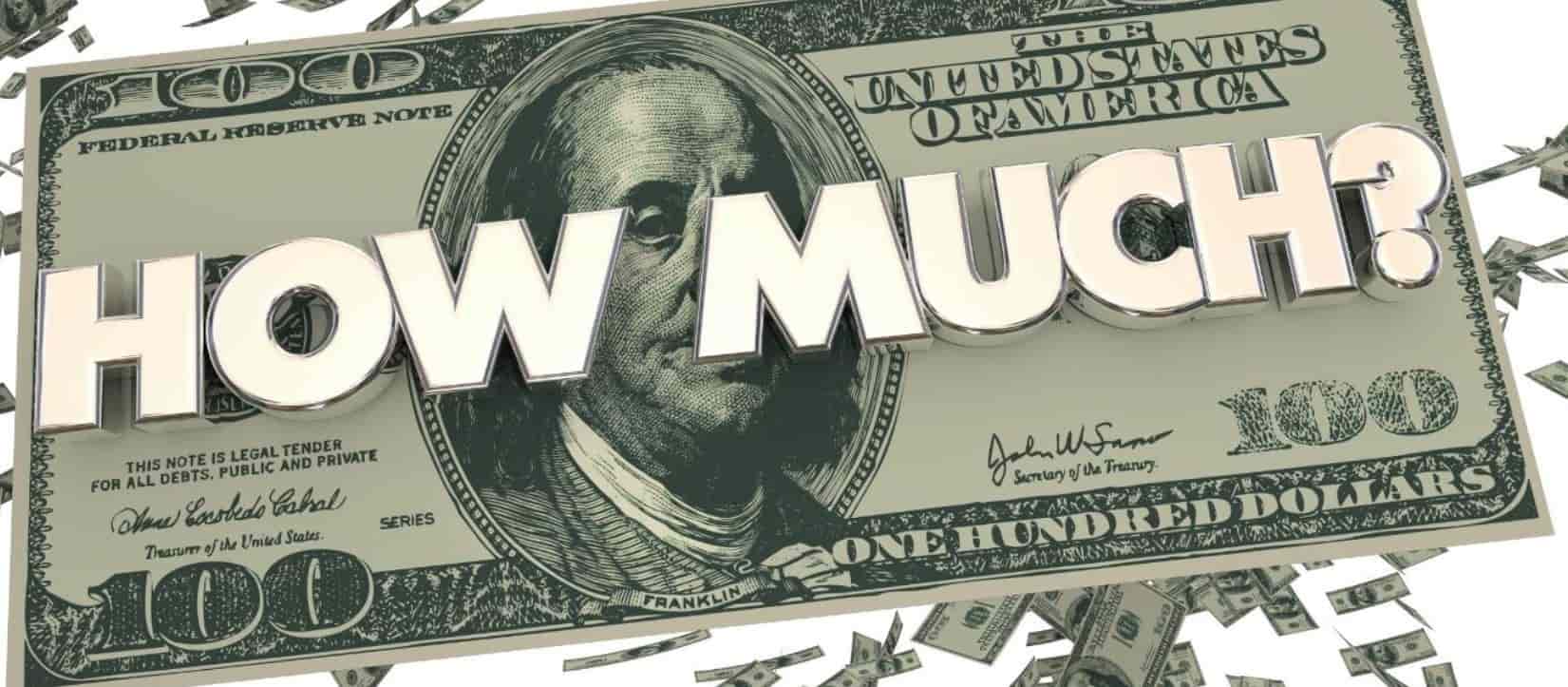
When buying a used car, remember that negotiation is an important part of the process and you are not required to pay the sticker price. Do your homework ahead of time and know the Kelly Blue Book value of the car so you can negotiate with confidence. Here are some of our favorite negotiation tips:
- Make an initial offer that’s lower than the asking price
- Go for slightly below the market value that came up on your research
- Don’t get derailed by extended warranties or other upsells
- Decide ahead of time how high you are willing to bid
- Do not negotiate if you are tired or hungry
- This could severely impact your decision and make you more impatient
- Plan out enough time with the seller so you can avoid being rushed
Proper Paperwork and Mechanic’s Inspection
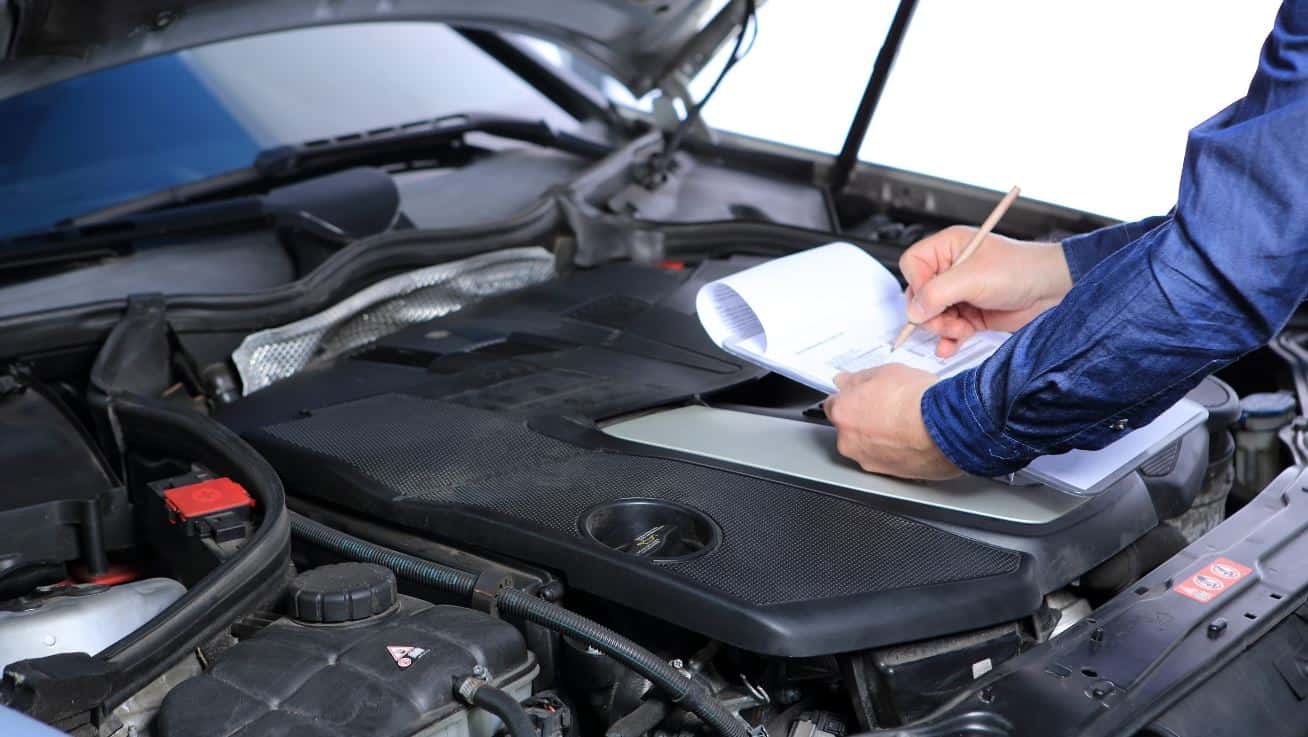
If you happen to be buying a used car from a private seller, we recommend looking through the necessary paperwork thoroughly; this includes title and registration. Make sure that you compare the information on the paperwork to the seller’s driver’s license. If the names do not match, you may have run into a curbstoner, a seller who poses as a private seller, but is actually a used car dealer. This could be a sign that you should walk away.
Also, make sure that a trusted repair shop inspects the vehicle before you sign any paperwork. Let the mechanic go over the car, noting any problems and provide you a report noting all necessary repairs, and how much these will cost to get fixed. If at any point during the transaction, the seller is hesitant to let your mechanic inspect the car, you should walk away.
Signing on the dotted line
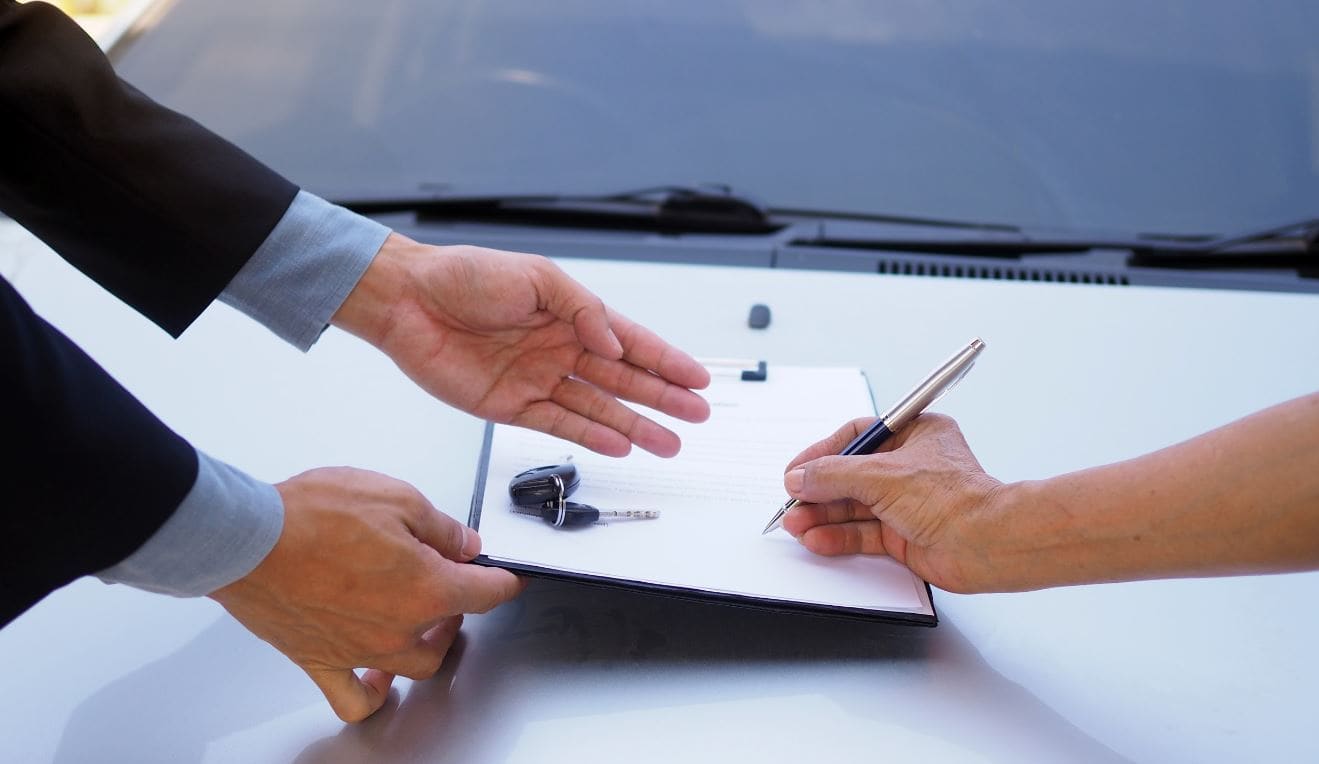
By following these simple tips, you will have the necessary tools to choose the best used car that meets your individual needs. Knowing what to consider before choosing a vehicle can give you the confidence you need to make an informed decision.
Lastly, your new ride will need to be insured in order to be safe on the road. If you’re looking to save not only on your car, but also on auto insurance in Illinois, explore our website to learn more about obtaining a free auto quote with us online. We understand the importance of having peace of mind while you are on the road.


